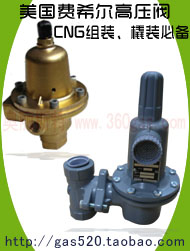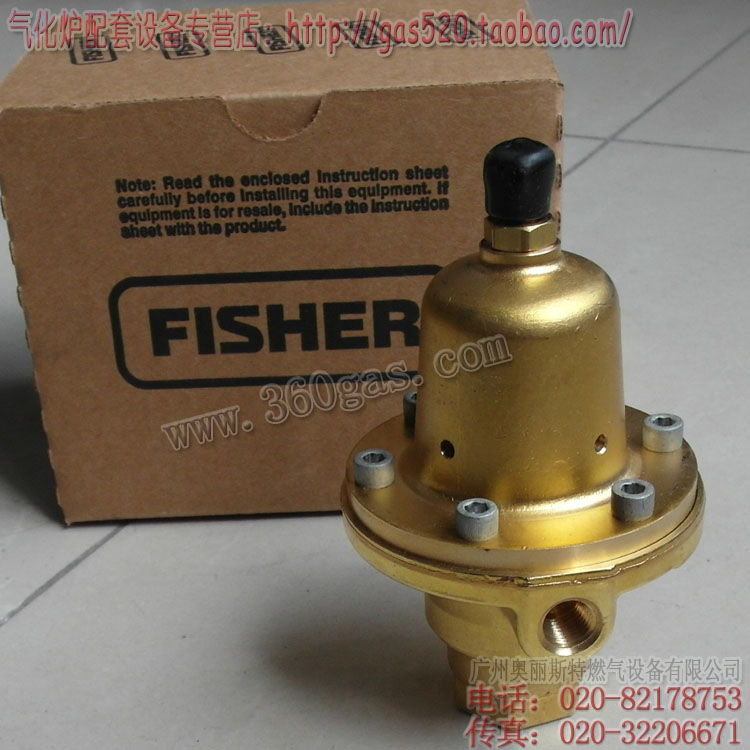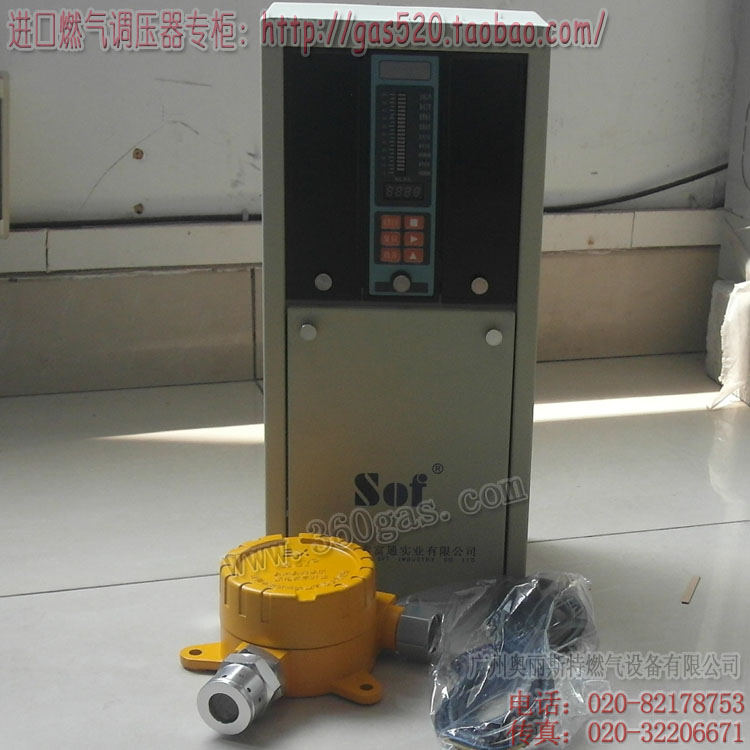位置:首页 > 燃气资讯 > 图表推出冷的燃料LNG汽车燃料系统的
图表推出冷的燃料LNG汽车燃料系统的解决方案/Chart Introduces Cold Fuel Solution for LNG Vehicle Fuel Systems
浏览次数 1099 , 日期 2013-06-26 , 燃气设备 加入收藏
 图表工业公司,国际燃气设备工程公司,已经发布了一个设备,可以添加或加装图表LNG(液化天然气)汽车燃料系统以确保相容性优化的加油站各种发动机技术,包括火花点火( SI)和压缩点火(CI)的柴油发动机,间接(CI-IDI)和直接(CI-DI)注射。
图表工业公司,国际燃气设备工程公司,已经发布了一个设备,可以添加或加装图表LNG(液化天然气)汽车燃料系统以确保相容性优化的加油站各种发动机技术,包括火花点火( SI)和压缩点火(CI)的柴油发动机,间接(CI-IDI)和直接(CI-DI)注射。
此前,LNG燃料站,需要在两个不同的压力和饱和温度提供LNG支持SI和CI-IDI,以及CI-DI,发动机,驱动燃料站基础设施的复杂性和成本。大多数发动机需要相对低的压力,并利用一个图表开发的系统,将燃料从站来的车辆通常高于100 psi和将关联的饱和温度的200o年F.这使得简化的车辆燃料系统,它不需要额外的复杂性,如泵向发动机的燃料输送到一个板上的车辆。CI-DI与主板上的泵工作更好地与寒冷的燃料使用燃油系统柴油发动机。卸载和分配不饱和更冷的燃料通过燃料站提供液化天然气的车辆通常小于60磅的-215o楼图表相关的燃料饱和温度,提供加油站设计有效地提供两种燃料饱和条件。
设计图新的车载“冷燃油压力生成器”(CPB)接受冷的燃料小于60磅(饱和),并一贯支持大多数发动机的压力要求。体外循环,连同现有的图表LNG汽车燃料系统,安全可靠地工作和车辆运行和加油过程中以最小的放空机会。此功能可以简化燃料站的设计和可靠的SI发动机运行独立的LNG燃料站能力。
à的体外循环配备图表LNG汽车燃料系统,将操作只是因为它现在当它接收到饱和的液化天然气(通常为100磅以上)从燃料站。如果它收到较低的压力(饱和温度)的冷的燃料,从燃料站,体外循环会自动提升的车辆油箱中的压力(和温度),以可靠地满足发动机的压力要求。
体外循环结合图表LNG汽车燃料系统,最大限度地减少排放和降低相关的成本较高,需要冷燃料替代液化天然气燃料系统。此外,体外循环维持目前所有的功能和图表现有LNG汽车燃料系统的好处,如延长保持时间和消除排气或在加油过程中排放的甲烷排放量。
“图表创建的的LNG系统解决方案,优化的燃油站和船上的燃油系统,已被证明是简单可靠,最大限度地减少甲烷排放的风险。汤姆·凯里,图表D&S集团总裁表示,“新CPB进一步方便可靠,成本低,实施燃料站业主,汽车制造商和车队运营商受益。
Chart Industries, Inc., an international gas equipment engineering company, has released a device that can be added or retrofitted to Chart LNG (liquefied natural gas) vehicle fuel systems which ensures compatibility with fuel stations optimized for various engine technologies, including Spark Ignition (SI) and Compression Ignition (CI) diesel engines with both Indirect (CI-IDI) and Direct (CI-DI) Injection.
Previously, LNG fuel stations were required to deliver LNG at two different pressures and saturation temperatures to support SI and CI-IDI, as well as CI-DI, engines, driving fuel station infrastructure complexity and cost. Most engines require comparatively low pressure and utilize a Chart developed system that delivers fuel from the station to the vehicle typically above 100 psi and a related saturation temperature of -200o F. This enables a simplified vehicle fuel system, which does not require additional complexity, such as an on-board vehicle pump to deliver fuel to the engine. Diesel engines with CI-DI use fuel systems with on-board pumps that operate better with colder fuel. Offloading and dispensing unsaturated colder fuel through a fuel station delivers LNG to the vehicle at typically less than 60 psi and a related fuel saturation temperature of -215o F. Chart provides fuel station designs which effectively deliver both fuel saturation conditions.
Chart’s new on-board vehicle “Cold-Fuel Pressure Builder” (CPB) is designed to accept cold fuel (saturated at less than 60 psi) and consistently support most engine pressure requirements. The CPB, together with existing Chart LNG vehicle fuel systems, will work safely and reliably and with minimized chance of venting during both vehicle operation and refuelling. This feature enables simplified fuel station design and reliable SI engine operation independent of LNG fuel station capability.
A CPB equipped Chart LNG vehicle fuel system will operate just as it does now when it receives saturated LNG (typically above 100 psi) from a fuel station. If it receives lower pressure (and saturation temperature) cold fuel from the fuel station, the CPB automatically raises the pressure (and temperature) of the vehicle fuel tank to reliably meet the engine’s pressure requirements.
The CPB, combined with the Chart LNG vehicle fuel system, minimizes emissions and reduces the higher cost associated with alternative LNG fuel systems requiring cold fuel. In addition, the CPB maintains all the current features and benefits of Chart’s existing LNG vehicle fuel system, such as extended hold time and elimination of venting or fugitive methane emissions during refuelling.
“Chart created the LNG system solution of optimized fuel stations and on-board fuel systems that has proven to be simple and reliable and minimizes the risk of methane emissions. The new CPB further facilitates reliable, low cost implementation benefiting fuel station owners, vehicle manufacturers and fleet operators,” stated Tom Carey, Chart D&S Group President.








